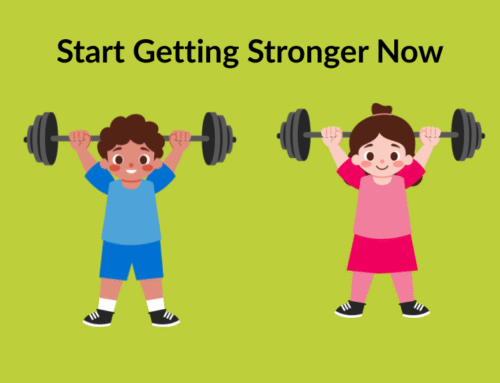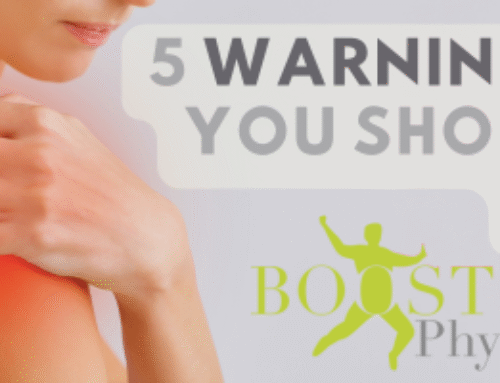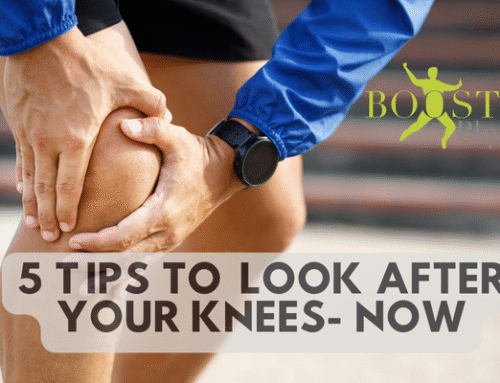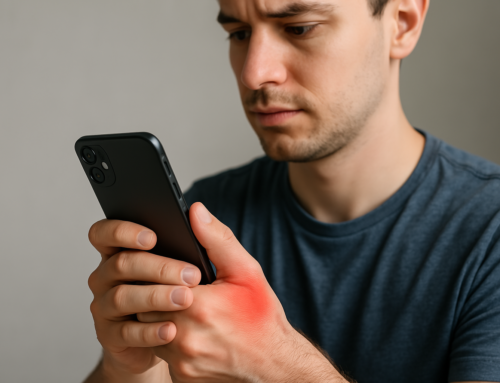What is hip impingement?Hip impingement, or Femoro-Acetabular impingement (FAI) occurs when pinching and or friction between the ball and socket of the hip joint.Common symptoms: Catching, pinching pain in the groin and hip, particularly when bending or rotating the hip deeply. Who is at risk: FAI develops when there is repetitive contact and pinching between the bones. It mostly develops in active people, 20-50 years, but younger people can also experience symptoms. Certain physical activities or sports that frequent repetitive pinching can trigger symptoms and problems. |
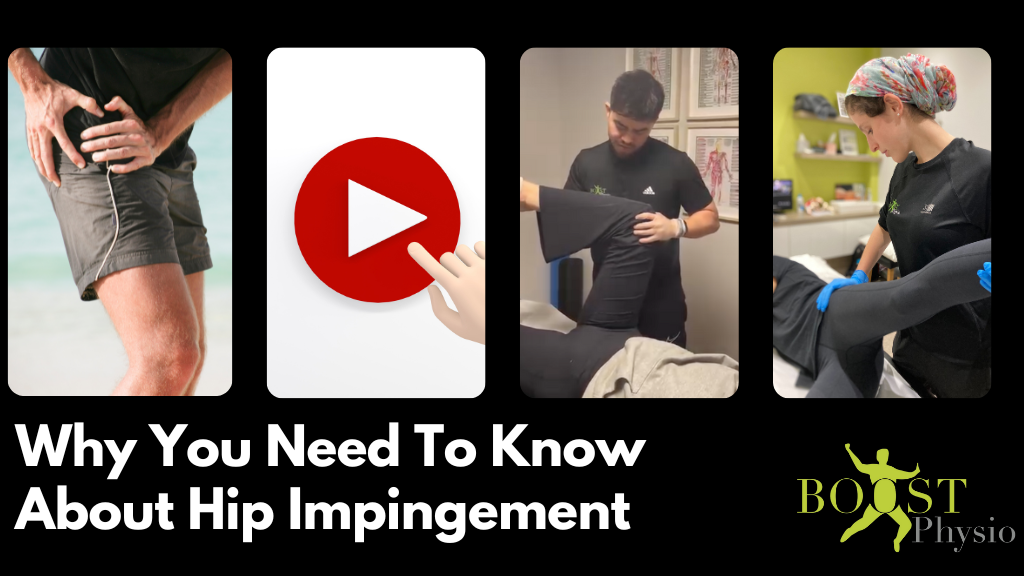
Long Term Complications Of Hip Impingement
The long-term complications of femoroacetabular impingement (FAI) can be significant, especially if left untreated. The most common complications include:
Hip Osteoarthritis: Over time, the repetitive friction between the bones in the hip joint can damage the cartilage, leading to early-onset osteoarthritis of the hip.
Labral Tears: FAI can lead to tearing of the labrum, the cartilage that lines the hip socket, causing further pain and reduced hip function.
Loss of Mobility: Progressive damage to the hip joint can lead to limited range of motion, making everyday activities and physical tasks increasingly difficult.
Chronic Pain: As the joint damage worsens, patients may experience persistent groin, hip, or lower back pain that limits their ability to participate in physical activities.
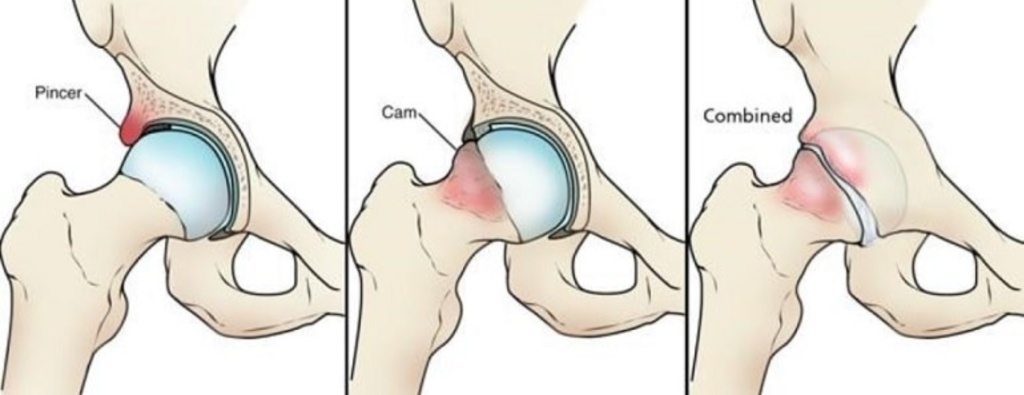
Physiotherapy to strengthen the hip muscles is an essential part of managing hip impingement.
Improves Joint Stability: Strengthening the muscles around the hip, particularly the glutes and core enhances stability in the hip joint. Improved joint stability helps reduce excess movement within the ball and socket of the joint preventing further impingement and minimising the risk of joint damage.
Reduces Pain And Load The Hip Joint: Stronger muscles, distribute the load more evenly across the hip joint, reducing stress on the areas affected by impingement. This can decrease the frequency and intensity of pain experienced during daily activities.
Hip mobilisation techniques plays a crucial role in treating femoroacetabular impingement (FAI) by improving joint mobility, reducing pain, and restoring function.
Improves Hip Joint Mobility: Manual hip joint mobilisations, focus on increasing the range of motion in the hip joint. These help to reduce stiffness and improve flexibility.
Reduces Pain and Inflammation: Mobilisation can help decrease the pressure on the pinching areas within the hip joint by improving alignment and reducing friction between the femoral head (ball) and acetabulum (socket).
Improves Functional Movement: We use hands on treatments and muscle strengthening, to help our patients return pain free to activities like walking, bending and cycling without pain.
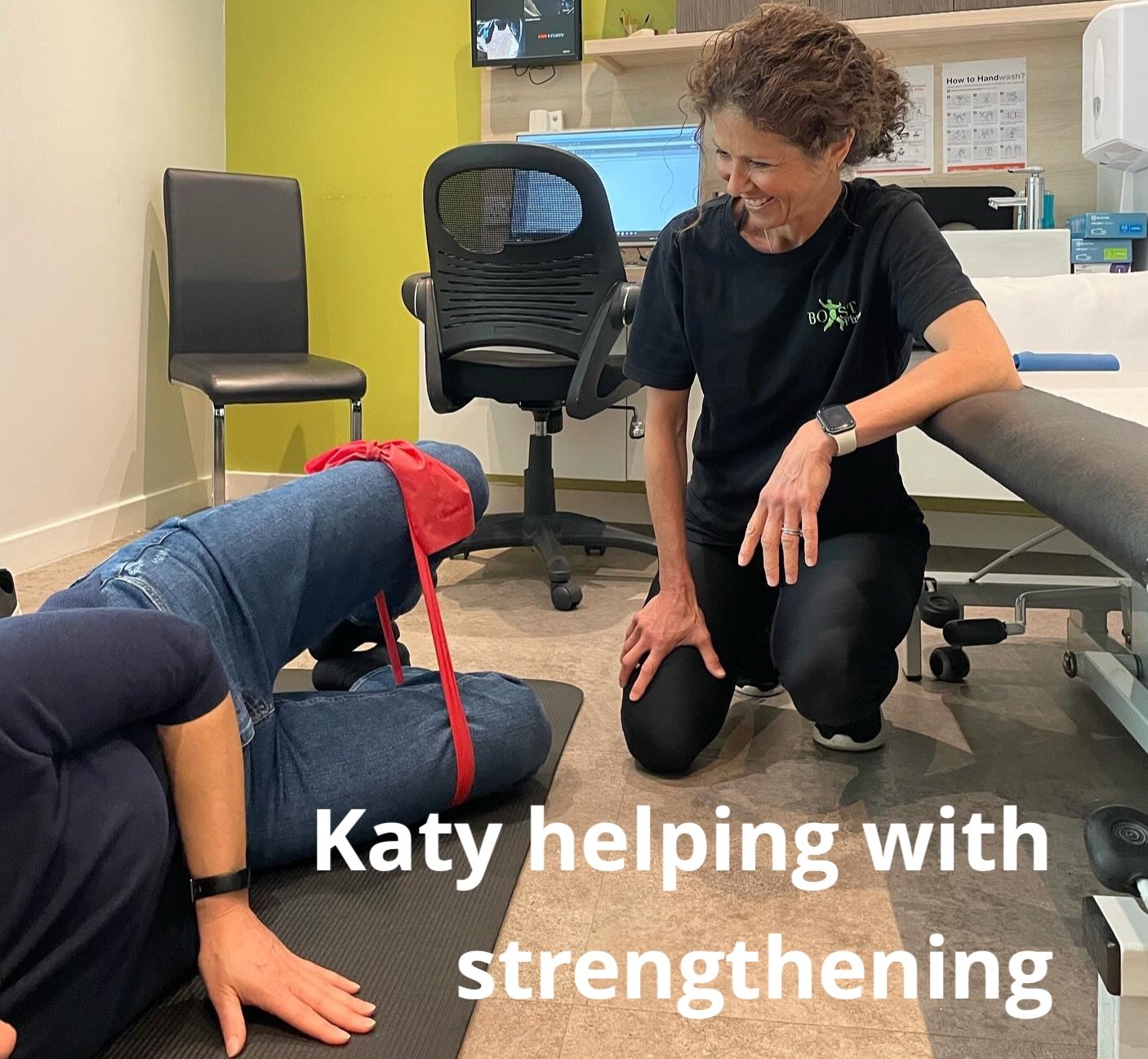
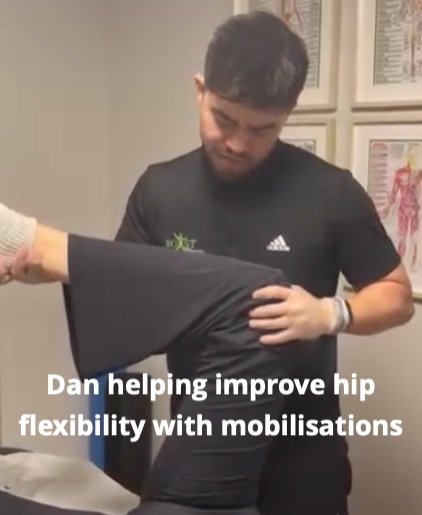
How Is Hip Impingement Diagnosed?
To diagnose Femoroacetabular Impingement (FAI) your physiotherapist or doctor will listen to your symptoms, assessing the movement in your hip, will try to replicate the pinching painful feeling in your hip and will usually use imaging (Xryas and MRI scans) to confirm the shape and structure of the hip joint and condition of the cartilage and labrum of your hip.
Physiotherapists and specialists look for patterns of pain and stiffness—often brought on by specific movements like bending or rotating the hip. In many cases, a physical examination alone can strongly suggest FAI, but imaging like X-rays or MRIs are usually used to confirm the diagnosis and check for associated joint damage, such as labral tears.
Diagnosis typically includes:
- Detailed history of symptoms such as groin pain, stiffness, or a catching sensation in the hip
- Functional movement assessment to check for pain and restriction in hip flexion and rotation
- Special tests, such as the FADIR test (Flexion, ADduction, Internal Rotation), which can reproduce impingement pain
- X-rays to assess bone structure and look for abnormal contact between the femoral head and hip socket
- MRI to detect soft tissue damage, such as labral tears or cartilage wear
- In rare cases a diagnostic injection, where local anaesthetic is injected into the hip joint to confirm if the pain originates from there
✅ BOOST PHYSIO Treatment Options For Hip Impingement:
-
Manual Therapy – to reduce joint stiffness and soft tissue tightness
-
Exercise Rehabilitation – targeted strengthening of the glutes, core and deep hip stabilisers
-
Joint Mobilisations – to improve hip range of motion
-
Stretching & Movement Retraining – to offload impingement-prone positions
-
Taping or Movement Cueing – to promote better hip alignment during activity
-
Education & Activity Modification – to reduce provocative movements while keeping active
-
Pre- or Post-Surgical Rehab – if arthroscopy is required
If you’re struggling with hip pain or stiffness, early physiotherapy intervention can make a significant difference.
👉 Book your assessment with a BOOST PHYSIO expert today.



